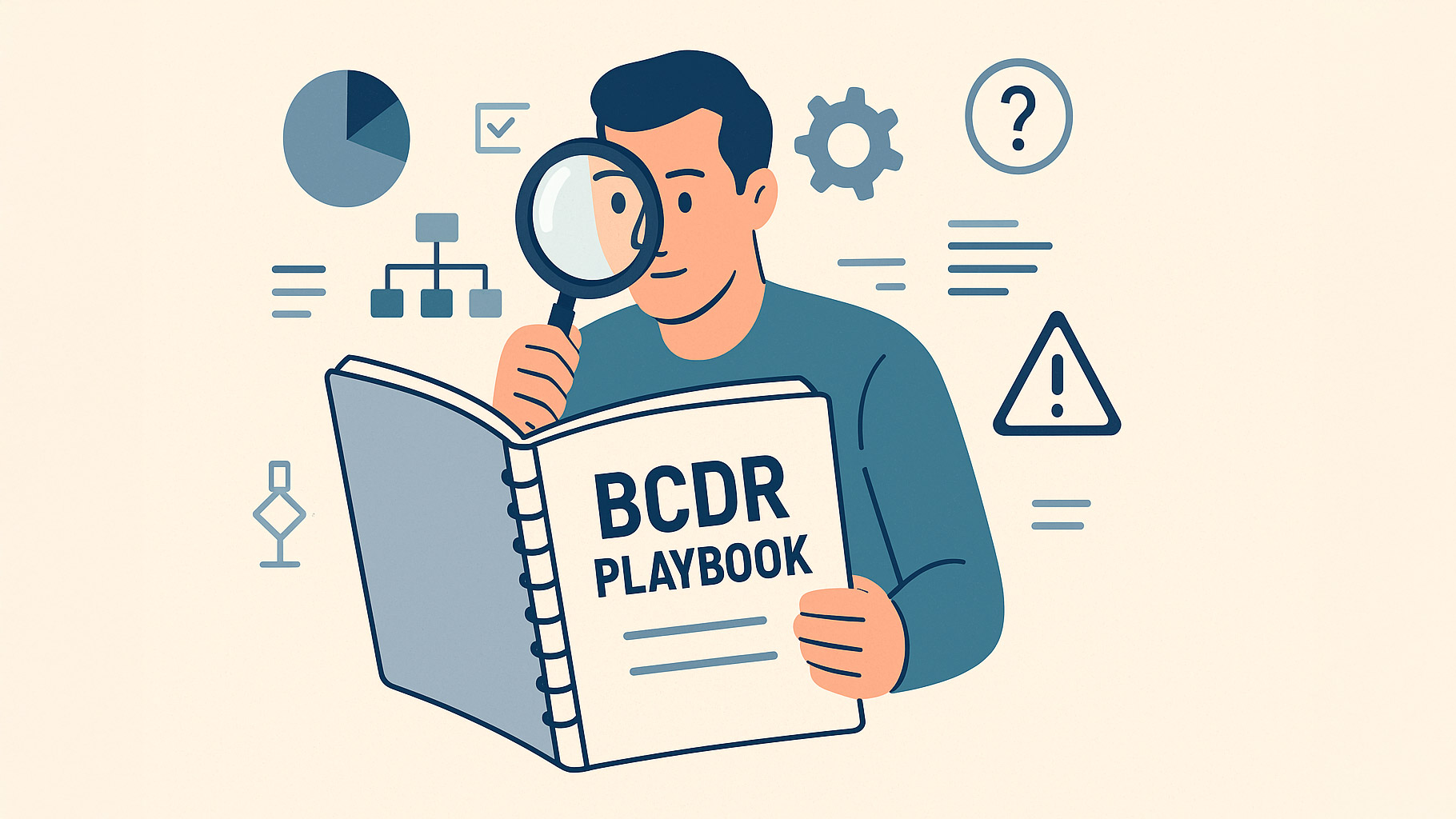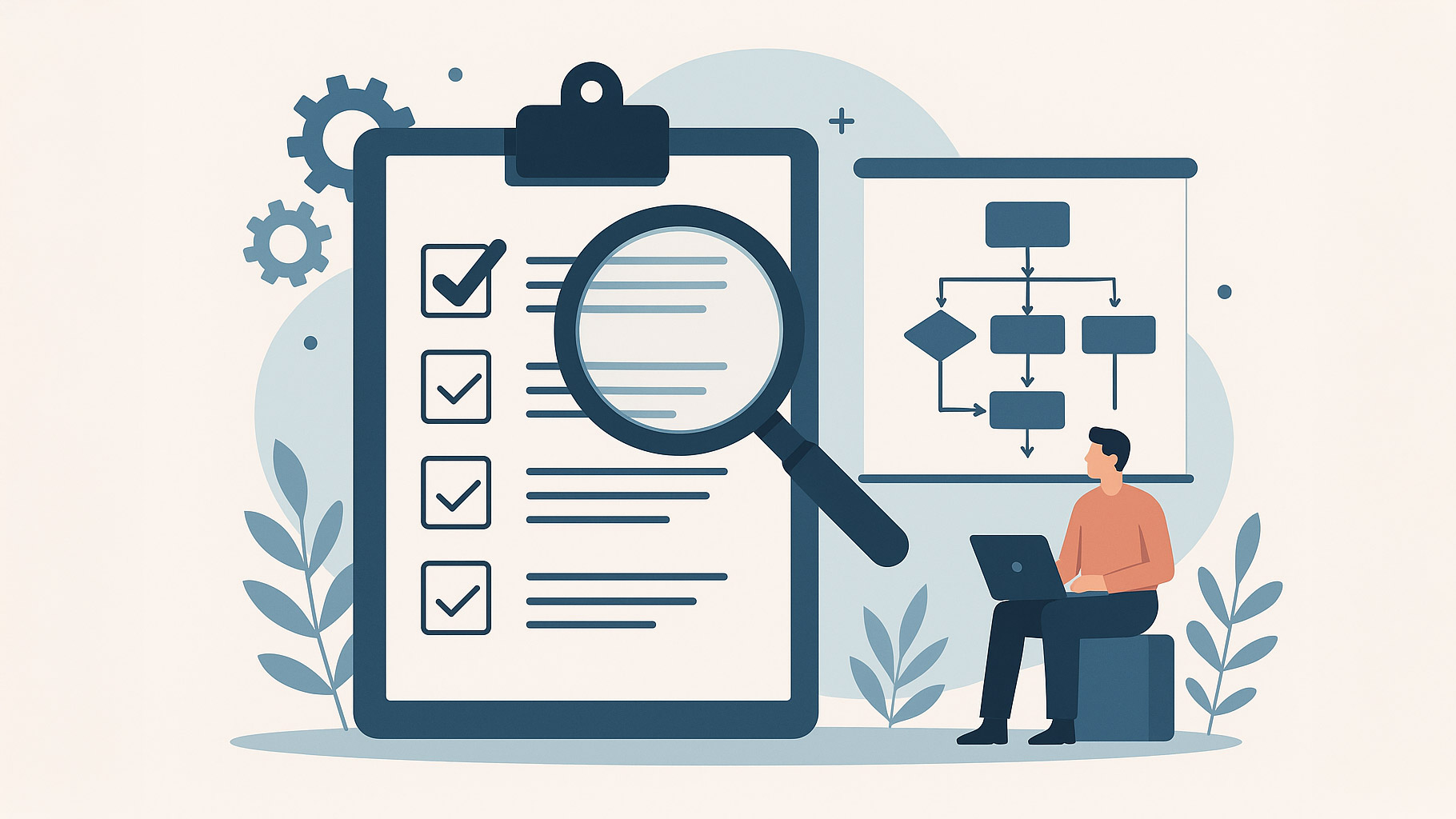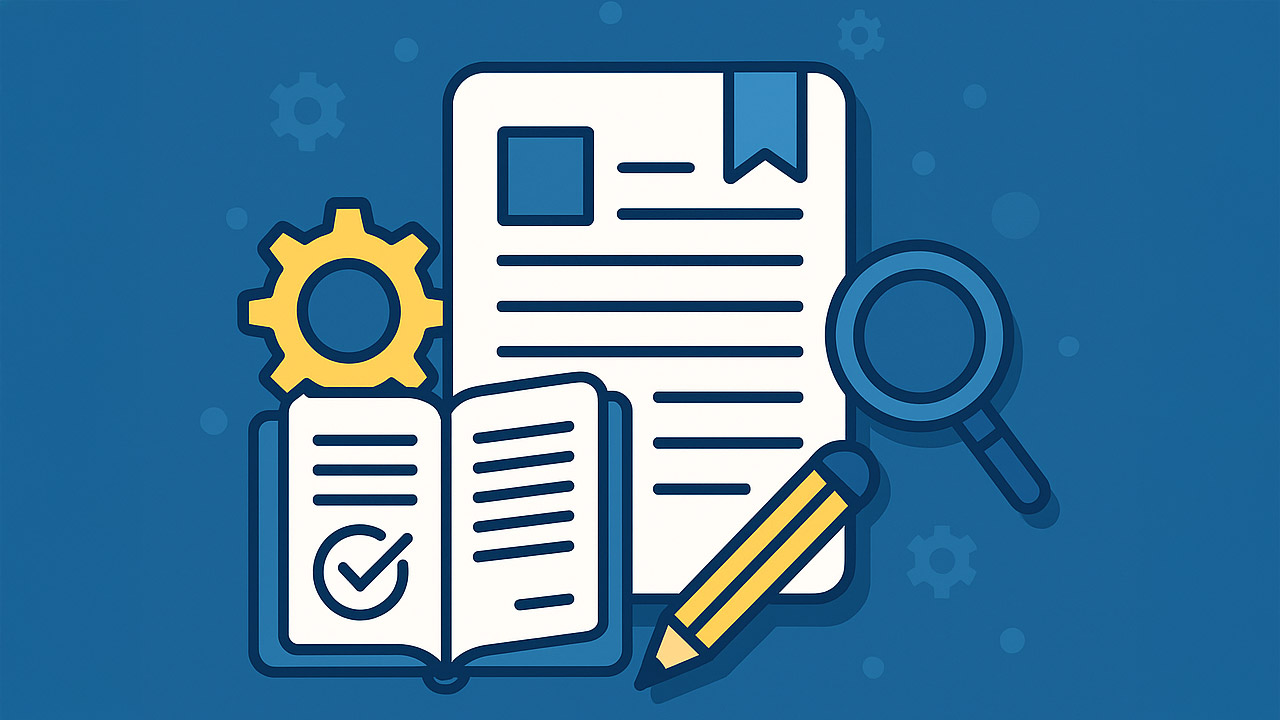Migraine symptoms are unmistakable: pounding headache, irritability, upset stomach. It is the worst feeling in the world. Something that can cause similar symptoms is technology migration from one vendor to another. Just ask any MSP who has been through this process—because he or she has no doubt experienced all of these symptoms.
So why even bother making the painful move from one technology to another? Why take the risk, especially if the migration comes with so many troubles, challenges, and sleepless nights?
Well, because sometimes it is necessary, critical even, for MSPs to rip out the old and replace it with the new and improved. After all, MSPs stand to gain a lot by migrating their client base to superior technology that can provide an even more robust customer experience. Most MSPs believe the key to winning new opportunities is getting their service portfolio right and delivering new services faster and better.
With that in mind, here are three ways MSPs can avoid the migration migraine when upgrading to new technology and future-proofing their business.
1. Take a step-by-step approach. It is hard work to migrate customers from one vendor to another. It cannot be done overnight. So, when embracing a new product, MSPs need to make the transition as smooth as possible. One way to do this is by taking a step-by-step approach. For example, start by rolling out the product to new customers only, while allowing established customers to remain on the legacy system.
This approach helps ease the burden and eliminate complexity because new customers will not have existing policies, rules, or backup data, for example, that need to be converted from one system to another. Once MSPs get more familiar and comfortable with the latest technology, they can gradually migrate their legacy customers on a priority basis from the previous platform to the new one.
2. Eliminate vendor sprawl. Many MSPs partner with multiple vendors that offer similar services, whether it is for data protection, cybersecurity, cloud infrastructure, or some other function. In the data-protection category, for instance, three out of four MSPs offer more than one solution in their portfolio. But managing similar products from disparate vendors is a time sink, driving complexity up and service desk profitability down.
So, what if you could go all-in with one provider? Ripping and replacing could provide the perfect opportunity to consolidate on a single vendor, allowing MSPs to reduce operational costs and gain a single point of contact for every user, from sales to support. It could also enable MSPs to gain in-depth expertise in a particular system quickly, and ultimately, onboard customers more efficiently. What is more, growing the business becomes much simpler when MSPs cut down their vendor list because they can then focus on what matters most: serving customers and rapidly scaling.
3. Look for solutions that can be effortlessly deployed. Another piece of good news for MSPs wary of the migration migraine is that it is now easier than ever to deploy new systems. Many MSPs have indeed been burned in the past, which is probably the No. 1 reason they shy away from implementing new solutions in the first place. But the reality is that it is not as hard to deploy and manage new technology as it once was.
As new solutions come to market, vendors are trying to make the experience as painless as possible for MSPs. Indeed, the deployment and ongoing management of enterprise technology systems have dramatically evolved over the years. A decade ago, it required rock star programmers to implement a new system. Today, many vendors have done an excellent job of streamlining and automating the migration process, so even less technical people can successfully deploy these systems.
The migration process will always involve a certain amount of risk and discomfort. But modern solutions have greatly improved the rate of success. If they take the three steps above, MSPs can confidently embark on seamless migrations and take their business to the next level—no pain relievers required.
ANDY ZOLLO is vice president of global sales for StorageCraft.












